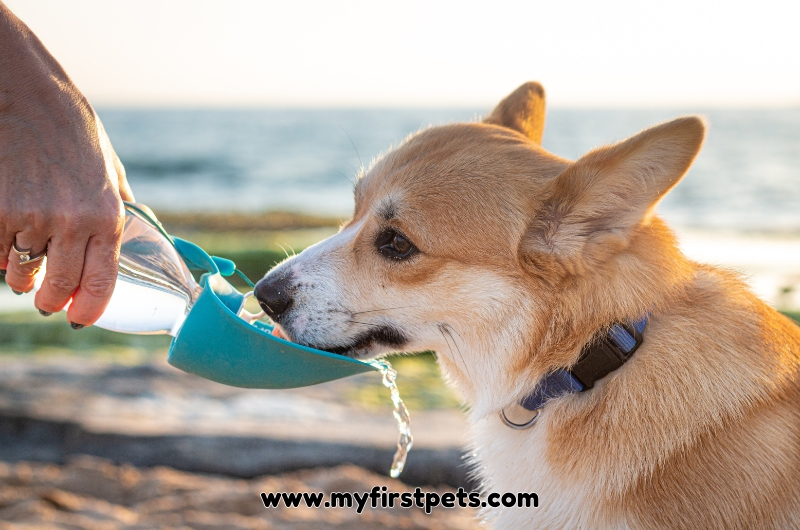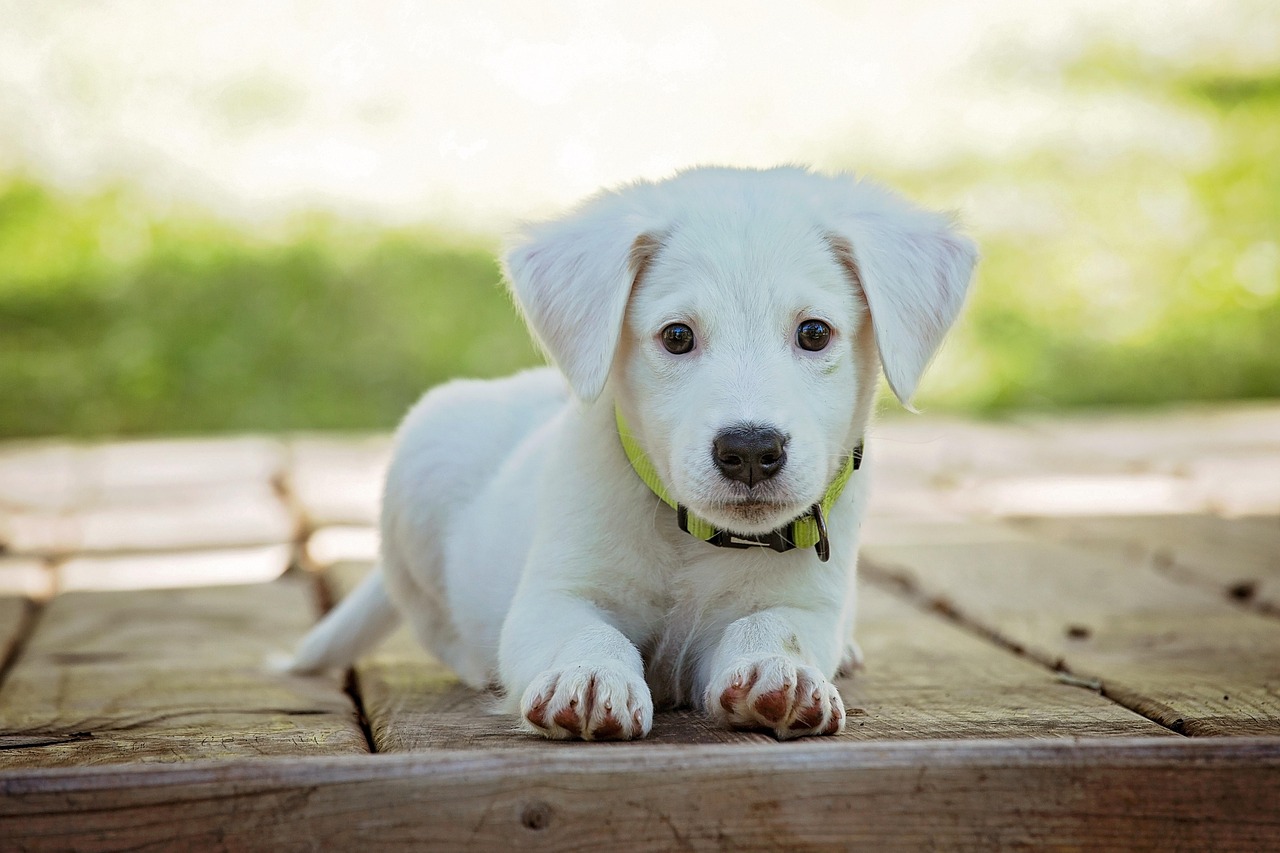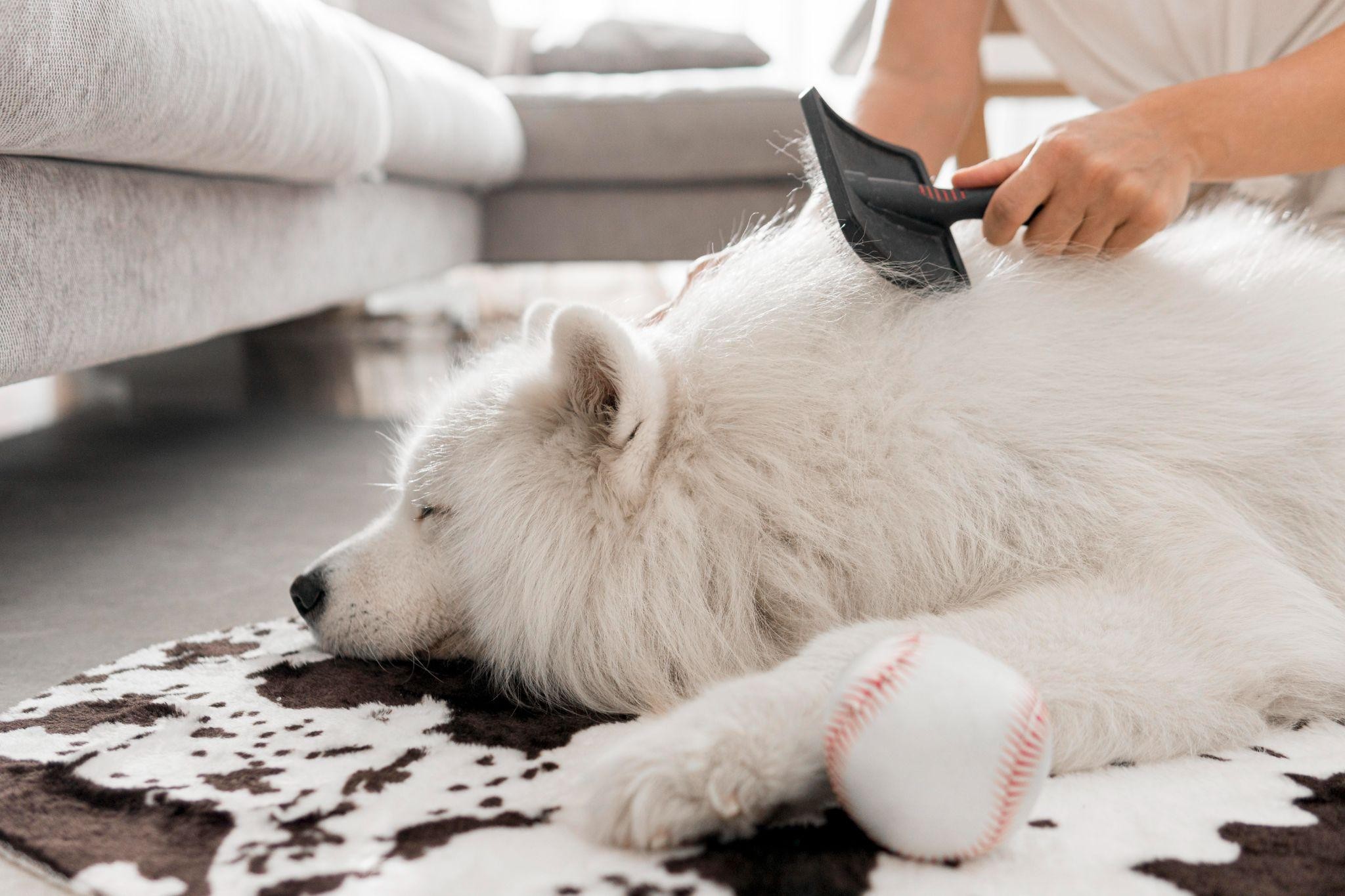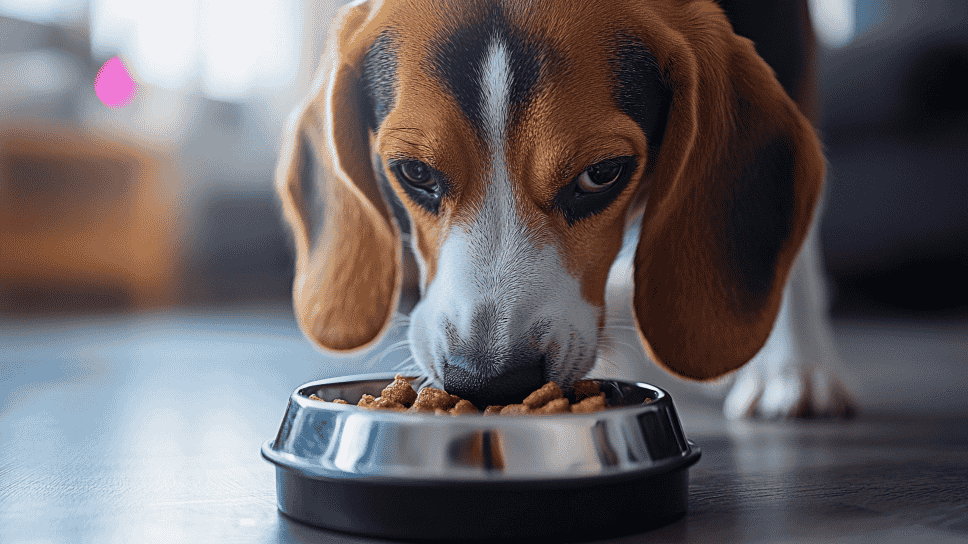Dogs usually follow their drinking time very well. And when the dog feels thirsty, it drinks water as needed. But often you will notice that the dog becomes irregular or stops drinking water.
Because of this, the dog’s parents often wonder why the dog is eating but not drinking water?
There are many reasons for dogs to stop drinking water. But there are some reasons why dogs eat but not drink water.
If you are interested in knowing the reasons why a dog eats but does not drink water, here are 10 reasons.
1. Health Issues
Dogs that are feeling unwell may lose their appetite for food and water. Common conditions like kidney disease, urinary tract infections, or gastrointestinal problems can make drinking uncomfortable or undesirable. If you notice other symptoms such as lethargy, vomiting, or diarrhea, consult your veterinarian immediately.
2. Pain or Injury
Dogs experiencing pain due to dental issues, mouth sores, or injuries may find drinking water uncomfortable. Conditions like broken teeth, gum disease, or oral infections can make it painful to lap up water, leading to reduced intake.
3. Change in Environment
A sudden change in your dog’s surroundings can lead to stress, which may cause them to avoid drinking water. Moving to a new home, the arrival of new pets, or unfamiliar travel environments can temporarily disrupt their normal habits.
4. Water Bowl Issues
The type, size, or cleanliness of the water bowl can impact your dog’s willingness to drink. For example, some dogs dislike metal bowls due to their reflective surfaces or noise. Additionally, a dirty or poorly placed bowl can deter them from drinking.
5. Temperature Preferences
Dogs, like humans, may prefer water at a specific temperature. If the water is too hot or too cold, they might avoid it. Lukewarm or room-temperature water often works best for dogs.
6. Dietary Changes
If you’ve recently switched your dog’s diet, it could affect their water consumption. Dogs eating wet or raw food may naturally drink less because these diets contain a higher water content. Conversely, dry kibble requires more water to compensate for its low moisture content.
7. Behavioral Issues
Behavioral factors, such as anxiety or fear, may cause your dog to avoid drinking. If they associate their water bowl with a negative experience or feel threatened while drinking, they may refuse to drink altogether.
8. Medication Side Effects
Certain medications can alter your dog’s thirst levels. Some drugs, like diuretics or steroids, may cause increased thirst, while others might suppress it. If your dog is on medication and stops drinking, speak with your veterinarian about potential side effects.
9. Age-Related Factors
Senior dogs may drink less due to age-related changes in metabolism, mobility issues, or health conditions like arthritis, which can make reaching the water bowl difficult. Puppies, on the other hand, may require more frequent hydration but might also be more distracted or forgetful about drinking.
10. Dehydration or Heat Exhaustion
Paradoxically, a dehydrated dog may stop drinking water due to weakness or nausea. Extreme heat or overexertion can lead to heatstroke, causing your dog to avoid water. Look for symptoms like excessive panting, dry gums, or sunken eyes, and seek immediate veterinary care if needed.
How much water should my dog be drinking?
The amount of water your dog should drink daily depends on factors like their size, activity level, diet, and environmental conditions. Here’s a general guideline:
Dogs need about 1 ounce of water per pound of body weight.
For example:
A 10-pound dog should drink about 10 ounces of water daily.
A 50-pound dog should drink about 50 ounces (roughly 6 cups).
Other Factors to Consider:
Activity Level:
Active dogs or those exercising in hot weather may need more water to stay hydrated.
Diet:
Dogs eating dry kibble often need more water since kibble has low moisture content.
Dogs on wet or raw diets may drink less because those foods contain more water.
Health Conditions:
Certain health issues (e.g., kidney disease, diabetes) can affect water needs.
Medications may also increase or decrease thirst.
Age & Size:
Puppies and small breeds tend to drink smaller amounts but might need water more frequently.
Weather:
Hot or humid weather can increase your dog’s water requirement.
Tips to Encourage Drinking:
- Keep water bowls clean and refill them with fresh water daily.
- Offer water in multiple locations.
- Use a pet water fountain to make drinking more appealing.
- Add water to their food if they’re reluctant to drink.
If your dog isn’t drinking enough water or is showing signs of dehydration (e.g., dry gums, lethargy, or loss of skin elasticity), consult your veterinarian promptly.




